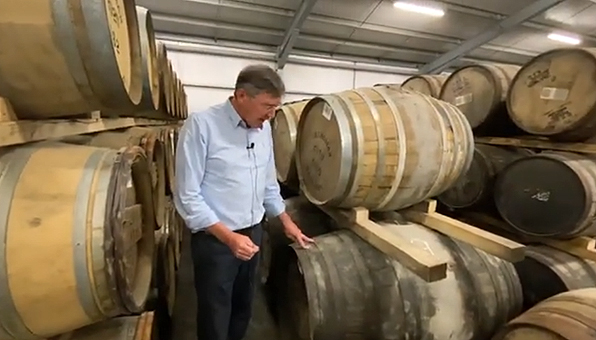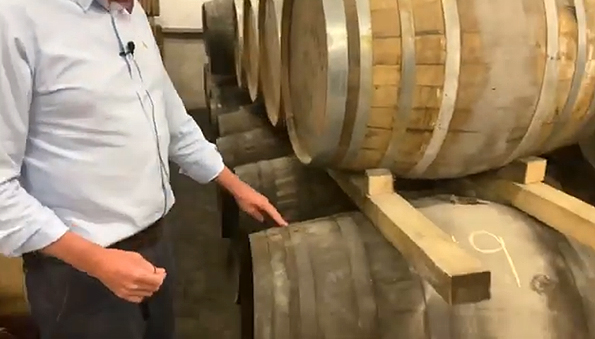Taste Guide: Moscatel de Setúbal Cask
Moscatel de Setúbal casks are among the cask varieties that have been stored in Kilchoman warehouses for some time (which is why they are already listed here), but Kilchoman has not yet released a bottling of them.
.


.
Moscatel de Setúbal is Portugal's third great dessert wine alongside Madeira and port. Like these, Moscatel de Setúbal is also a fortified wine.
Although the wine-growing region around Setúbal has enjoyed appellation status after the Douro since 1907, the sweet wines from this wine-growing region, some of which are outstanding, are almost unknown in Central Europe. In the Setúbal region, which is characterised not only by the climatic influences of the Atlantic Ocean in autumn, but above all by cool and very humid air currents from the Tejo estuary, it is mainly Moscatel of Alexandria and Moscatel Galego Branco that are cultivated, which also make up at least 85 percent of Moscatel de Setúbal. These wines can carry the highest Portuguese quality seal for fortified wines VLQPRD (Vinhos Licorosos de Qualidade Produzidos em Região Determinada). The Muscat vines find excellent growing and ripening conditions on the calcareous, sandy and clayey soils of the peninsula. The best sites are located in the limestone areas of the Serra da Arrábida.
The speciality of the production process for these wines is that they are left to macerate for a very long time (six months or more). The late-harvested grapes are de-stemmed and lightly crushed and placed in mash vats or concrete tanks, where they ferment for a relatively short time until an alcohol level of 12% by volume is reached with a residual sugar content of less than 100 grams/litre. Afterwards, the wine is vigorously fortified with grape brandy so that the yeasts die off and fermentation stops. This fermentation material is then stored in the fermentation vats for at least six months, but often up to a year, before it is pressed, filtered and transferred to large oak or sometimes mahogany barrels. The young wine then matures for at least five years, but usually considerably longer, before being bottled. Originally, selected Moscatels also travelled by ship to the Portuguese overseas provinces in relatively small barrels on the Torna viagem, which particularly helped the ageing process. Today, modern cellar technology makes this time-consuming process unnecessary; however, wines that have passed the Torna viagem are still stored in the cellars of some producers; they are now well over 100 years old and are of the best drinking quality.
Moscatel de Setúbal is a sweet dessert wine, but its sweetness is never overpowering and its alcohol content is high. Successful products have a wealth of exotic aromas, in which flavours of orange peel, cinnamon and coriander, as well as a variety of fruit tones, can be felt alongside the typical muscatel note of the grape variety. In wines that have been aged for a very long time, caramel and chocolate flavours predominate and the products have an almost viscous, creamy consistency. All of these wines are very good, and the best of them can be kept almost indefinitely. (From: Wikipedia. The free encyclopaedia)
